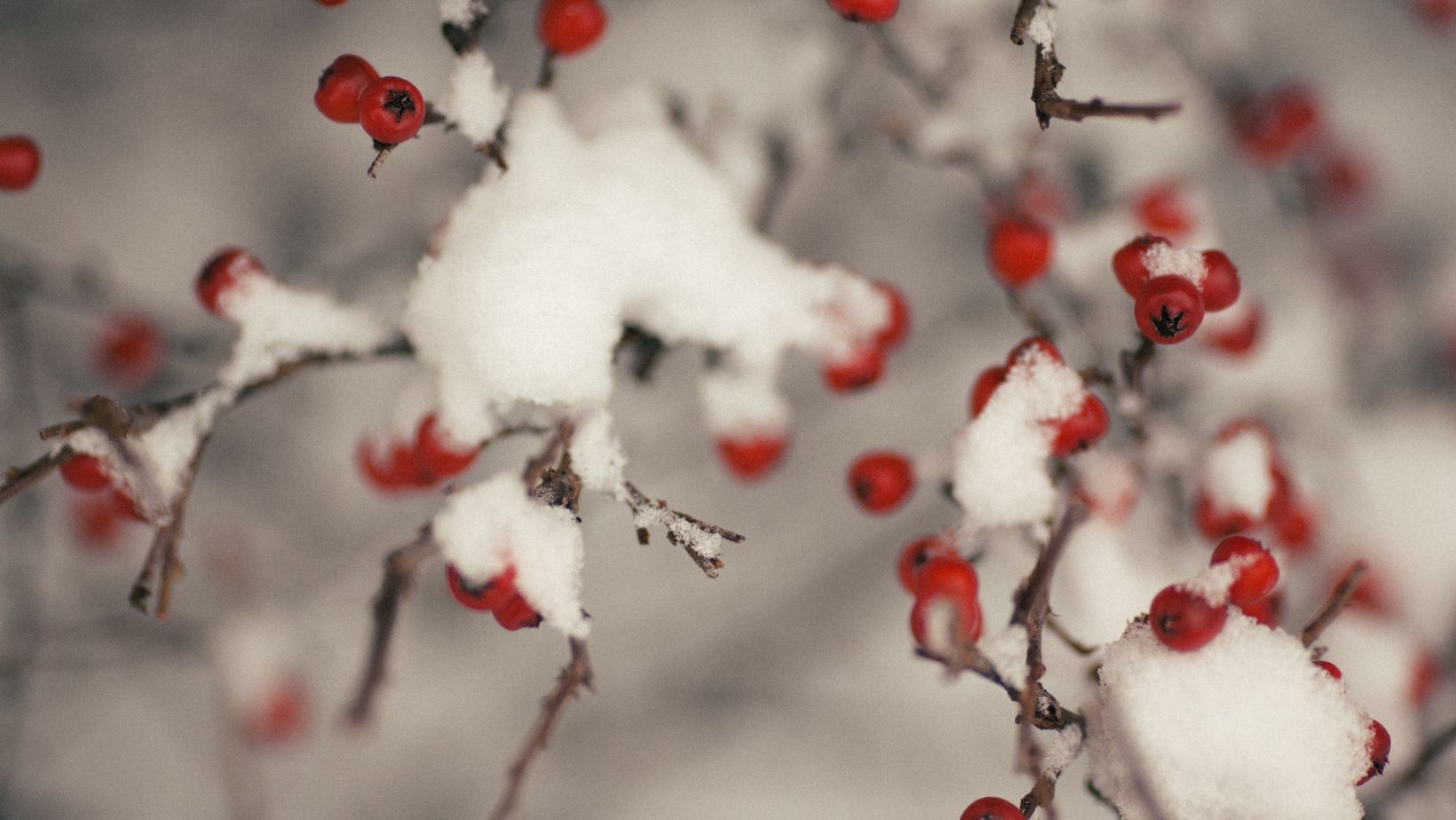Tips on How to Prepare Fruit Trees for Winter

Winter can be a tough time for fruit trees. Cold temperatures and icy conditions can damage the branches, leaves, and even tree roots. That’s why it’s important to properly prepare your fruit trees for winter to make sure they survive until spring. Some fruit trees can survive without extra protection, but most need special care to withstand the cold weather and make it through winter without damage.
There are a lot of fruit trees that can survive winter and require minimal preparation, such as apple and pear trees. These trees are naturally cold-hardy and can survive without extra protection. If you’re interested in planting or adding some extra fruit trees in your garden, there are fruit trees for sale at gardeners dream. They have a wide selection of trees to choose from, so you can find the right tree for your needs and climate.
To get your fruit trees ready for the winter, follow these tips:
1. Wrap the Trunk in Burlap or Plastic
This will help insulate the trunk and protect it from cold temperatures. Be sure to remove any plastic or burlap in the early spring before the sap starts to run. This will prevent the tree from getting too hot and suffering damage. When wrapping the trunk, be sure to cover it thoroughly to ensure maximum protection.
2. Prune the Branches of Your Tree
This will help to shape the tree and allow for better air circulation. Pruning should be done when the leaves are still on the branches so you can clearly see where to cut and thin out any overgrown areas. Be sure to use sterilized pruning shears to avoid spreading disease. The best time to prune is late in the winter when the risk of frost and cold temperatures is at its lowest.
3. Mulch Around the Tree
Mulching helps protect the roots from freezing temperatures and insulates them during cold snaps. Be sure to use organic mulch, such as wood chips or bark, and apply it in a thick layer around the tree’s base. In addition, mulch can also help insulate the soil and prevent frost heave, which is when frozen ground causes tree roots to become exposed.
4. Clean up the Base
Clean up any fallen leaves, twigs, and debris around the base of your tree. This will help to reduce the risk of disease spreading to the tree and make it easier to spot any potential problems with pests or diseases before they become major problems. You can also add a layer of compost to the base, which will help improve the soil structure and provide essential nutrients.
In Conclusion
Each tree can survive a specific minimum temperature. All fruit farmers are concerned when temperatures drop below -29°C. Also, fruit trees are hardy when getting close to their chilling requirements as long as the temperatures stay sufficiently low. They will also start to lose their capacity to adapt in late winter once the chilling needs for the fruit tree have been met.
Following these tips will help protect your fruit trees from winter damage and ensure they’re ready for the new season. You can ensure that your tree survives cold temperatures and makes it through until spring, when fresh leaves and fruit will appear.



